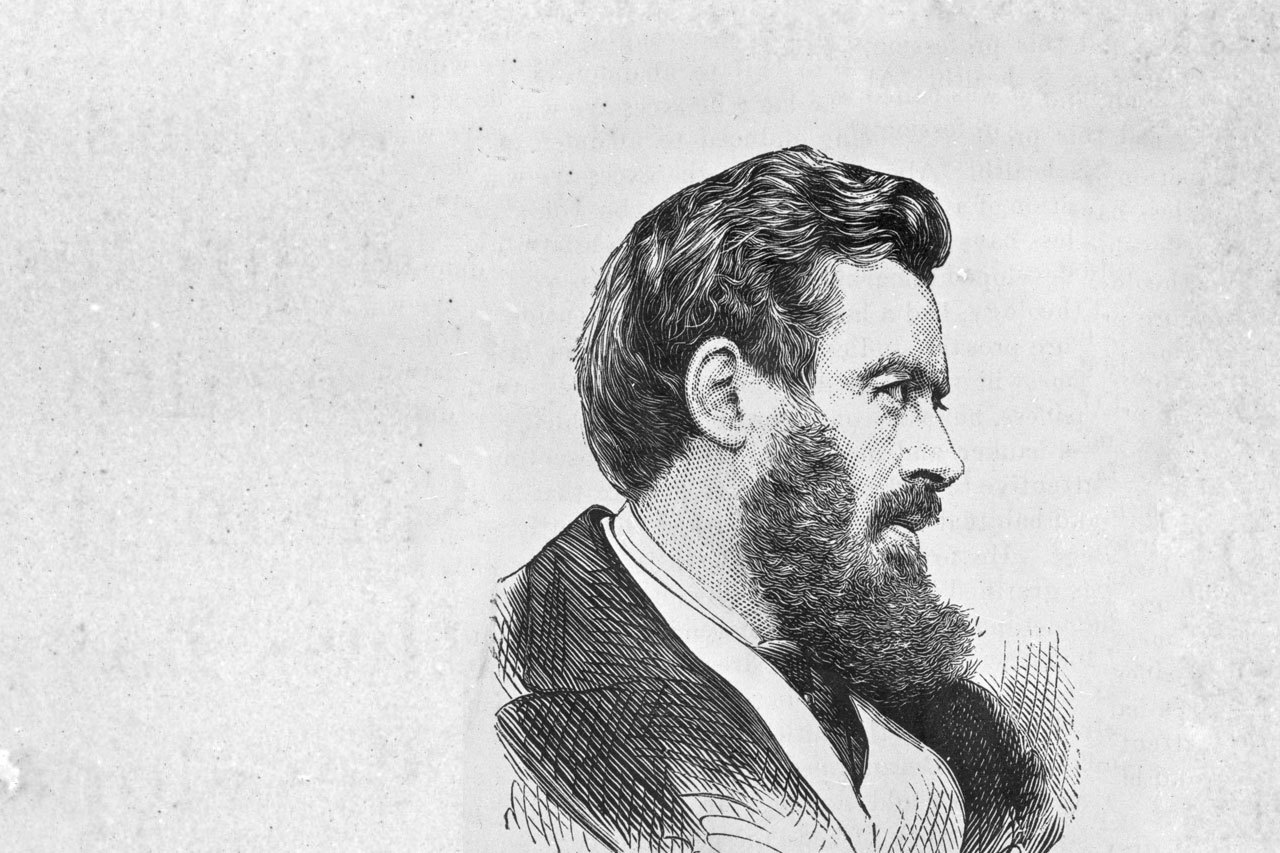Reinterpreting Bagehot’s mature work as the origin of the key currency tradition
I was on the scientific committee for the conference that planned to revisit Bagehot’s Lombard Street on the occasion of its 150th anniversary, and I mostly used my influence to try to get someone else to write this paper! One reason I did not want to write it was that my own expertise is American, not British, and 20th century not 19th. Another is that the secondary literature on Bagehot is huge and cannot be ignored, whereas my own predilection is to work from primary sources, starting secondary literature rather than contributing to them. But I could not persuade anyone to take the bait, and so in the end I felt an obligation to do it myself, imperfect though it inevitably would be, trusting the other participants in the conference to make me aware of literature I was ignoring.
I had of course read Lombard Street long ago, and more or less swallowed the conventional interpretation. Indeed I have for many years assigned my students the key passages where Bagehot spells out what we have come to know as the Bagehot Rule: in a crisis lend freely at a high rate against security that would be good in normal times. My initial idea for the 150th was just to revisit the book but in the context of Economic Studies, the unfinished three-volume work with which Bagehot seems to have planned to occupy his retirement years. I had learned also from Charles Kindleberger about Bagehot’s pamphlet on Universal Money and had written a blog post on it, and I had written a critical review of Grant’s new biography of the man. So I convinced myself that I could fairly quickly pound out a conference paper for the event.
But as I reread Lombard Street, in the context of Bagehot’s other writings, the book surprised me. It was not the book that I remembered, and in multiple dimensions. No doubt the main reason is that I was no longer the economist that I had been when I first encountered the book. In the interim, I had spent fifteen years developing what I came to call the “money view”, as expounded in the MOOC filmed in the fall of 2012 and now in its tenth year running on Coursera. And I had spent the next ten years extending the money view to global money, using the life and times of Charles P. Kindleberger as my entry point. In the process, I came to see Kindleberger as a kind of money viewer, and that frame was no doubt very much in my mind when I came to revisit Bagehot.
It was not just me that changed over those twenty-five years, but also the world around me. Not to put too fine a point on it, I came to understand financial globalization as the dominating fact of my professional career, a fact about the world that required transformation of the US central bank on two dimensions. First, the rise of market-based finance—money market funding of capital market lending—required evolution from lender of last resort to dealer of last resort as a backstop for global money and capital markets. And second, the expansion of the global dollar system across the face of the globe—first Europe, then Asia, and after the GFC to the Global South—required an evolution of the Fed from a national central bank to a global central bank, operating through liquidity swaps with the central banks that issued other major currencies.
In effect, my career has paralleled the birth of global money, and that made me prepared to see Bagehot’s own career as following a similar trajectory, but for sterling rather than the dollar, and for the Bank of England rather than the Fed. I recognized Bagehot not only because he was like Kindleberger, but also because he was like me. But he was also profoundly different—a banker and journalist rather than an academic and historian—and in his engagement with economics his formation was classical whereas mine was of course neoclassical. But even with these differences, I could recognize a common spirit—we were both devoting our lives to a minority “key currency” view (as Kindleberger called it, and John H. Williams also before him), but it was a minority view only in academia, not at all in the world of banking practitioners where it seems more or less common sense.
Adopting this standpoint, I propose a new interpretation of Lombard Street that emphasizes Bagehot’s concern about the emerging new global duties of the Bank of England. Most importantly, the French indemnity after the Franco-Prussian War seemed to Bagehot a kind of pivot point for financial history. Not to put too fine a point on it, France paid the indemnity by borrowing the sum in London, the largest single sum ever raised, and Germany took payment by accepting bills on London, which could in principle be redeemed in gold at maturity. For Bagehot this incredible achievement marked a moment of maturation for the City, but at the same time exposed the rather primitive character of the Bank of England. From now on, the Bank would have to be a global lender of last resort, a task for which it was quite definitely not fit for purpose.
Bagehot died at the very birth of what we now remember as the era of the international gold standard, and also at the very birth of what we now remember as the era of neoclassical economics, two developments that subsequently proceeded largely independently of one another. The bridge he was trying to build between the two at their respective births proved impossible for those who followed after, as the distance between the shores only widened. The failure of attempts to reconstruct the sterling system after WWI, and its final collapse in September 1931 left the field open for the emergence of the dollar system that would eventually replace it, but not until after the World Depression and another World War. Bagehot’s project, to bridge between the bankers and the economists, was also Kindleberger’s project a century later.
Today’s dollar system is a global system, characterized by the same inherent instability that infects all credit, and so requires some kind of management to keep it in line. Bagehot’s project and Kindleberger’s project must be our project today. Bagehot’s words inspire us: “I believe that our system, though curious and peculiar, may be worked safely; but if we wish so to work it, we must study it.” If Lombard Street speaks to us still today, 150 years later, it is because we as economists can hear the banker trying to tell us vital things about the world in which he lives, trying in fact to enlist us in his project of studying that world in order to work it.






